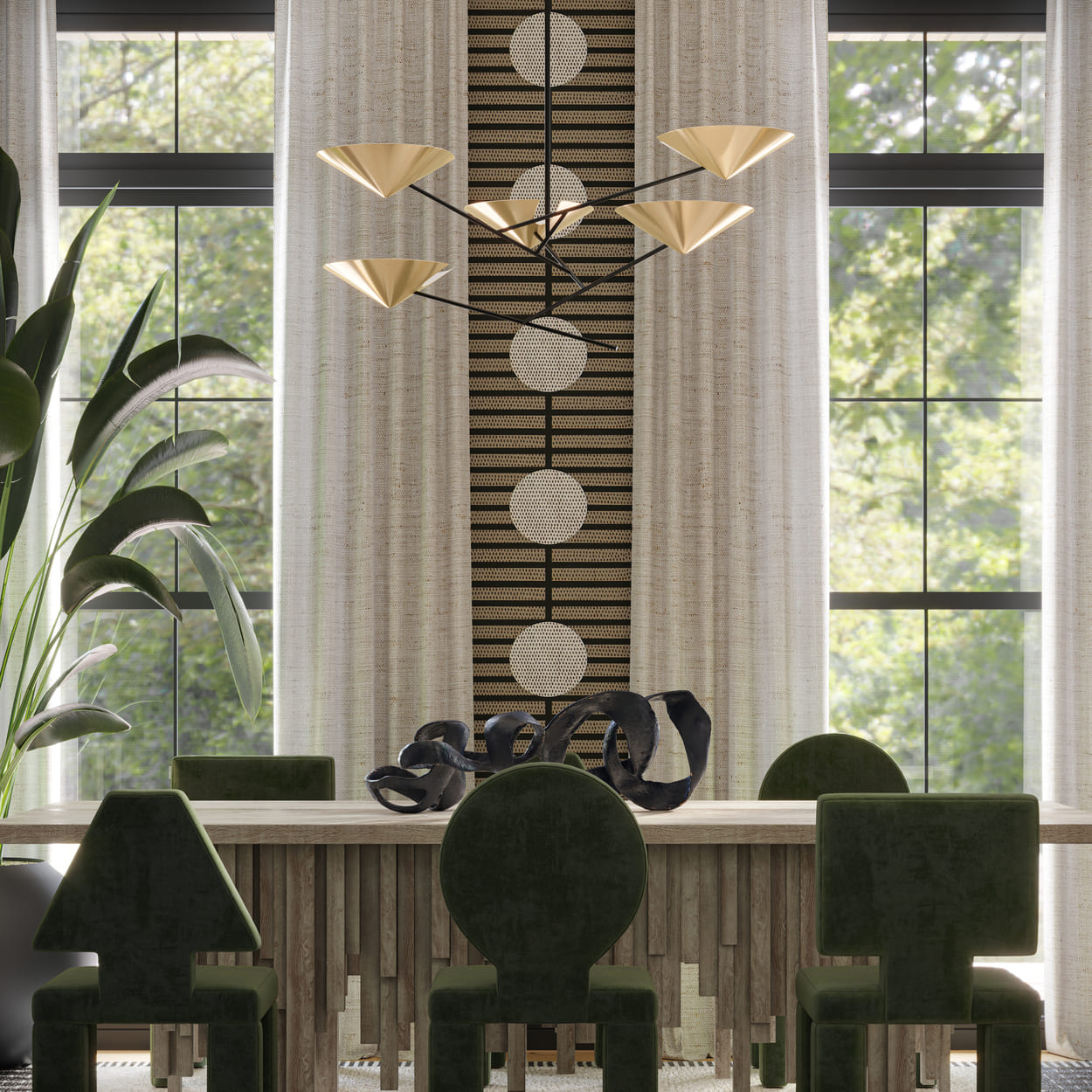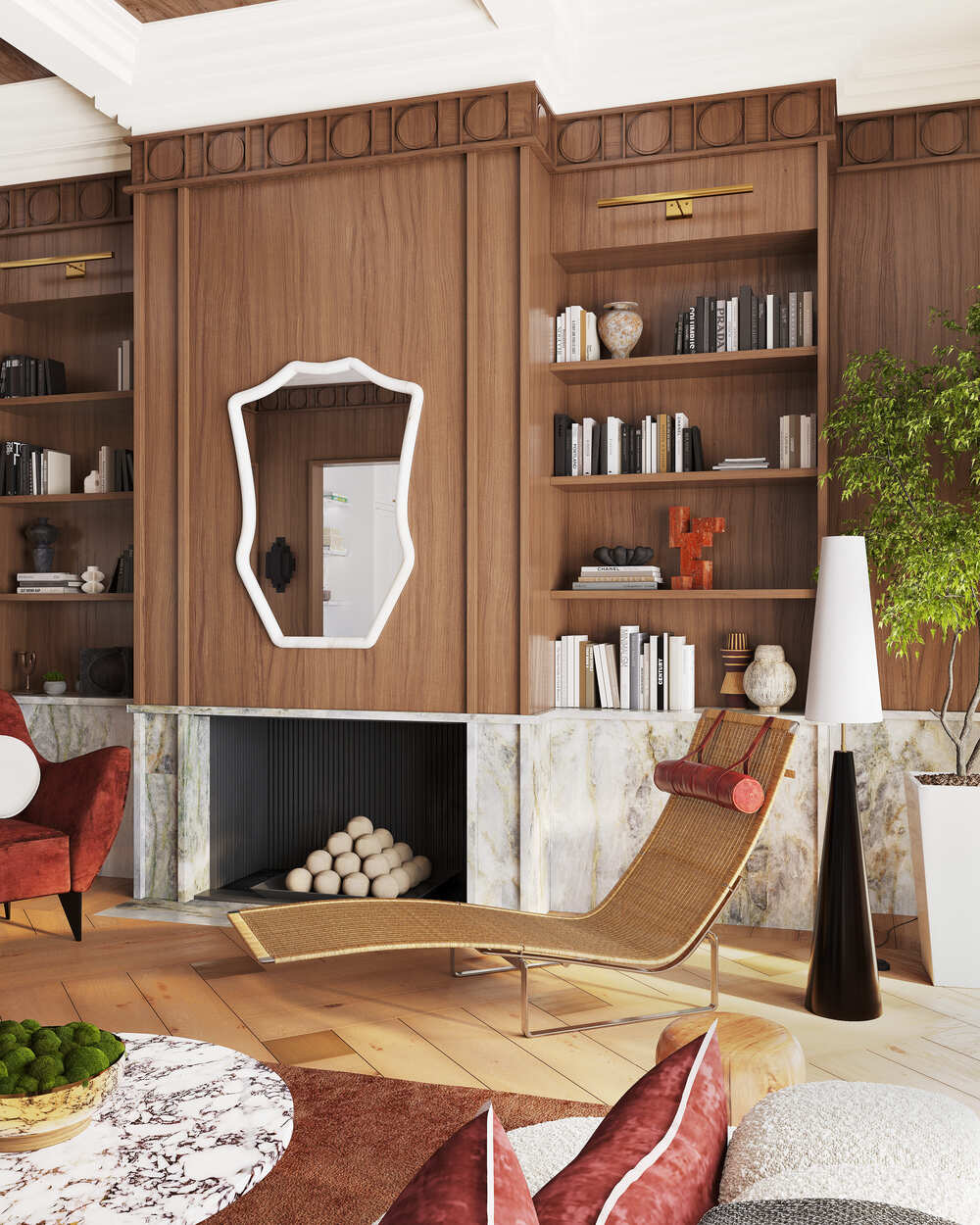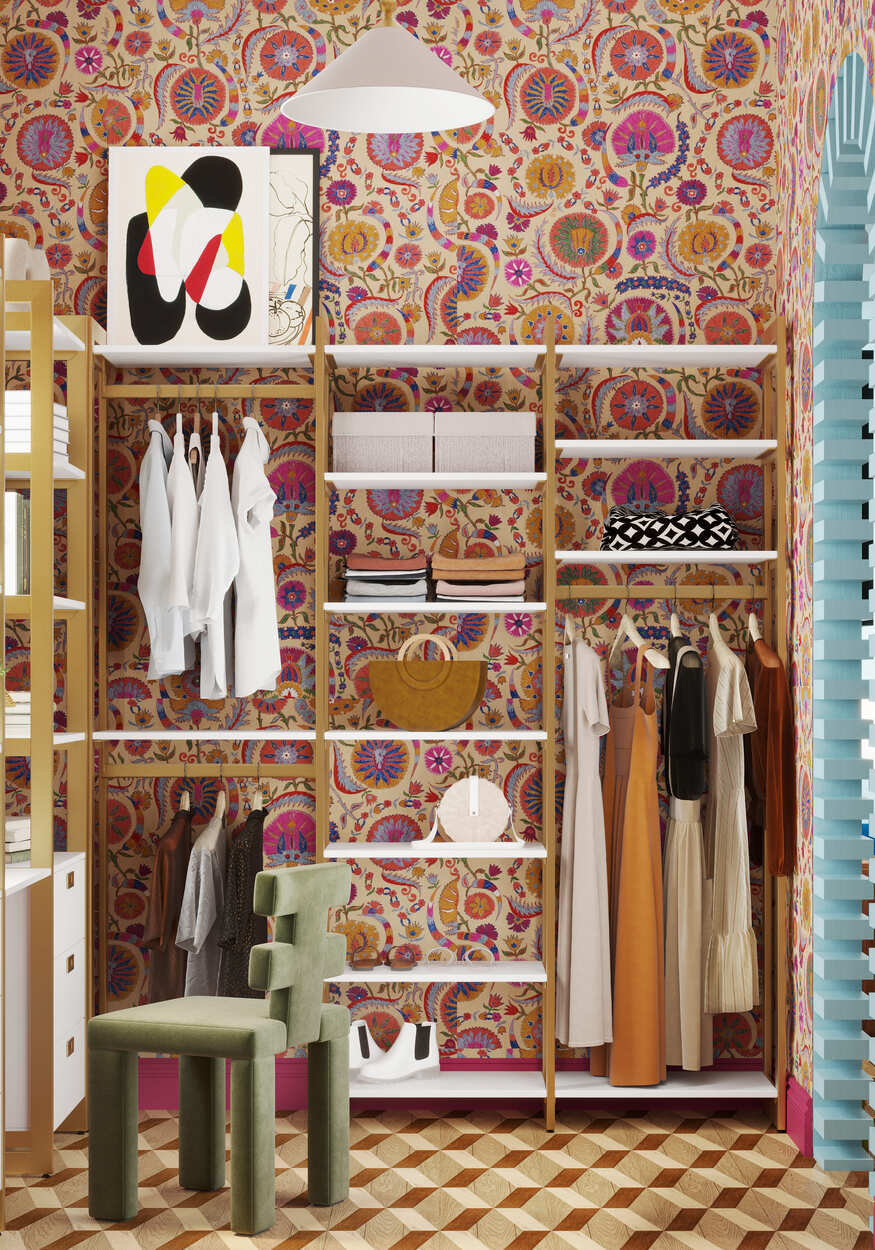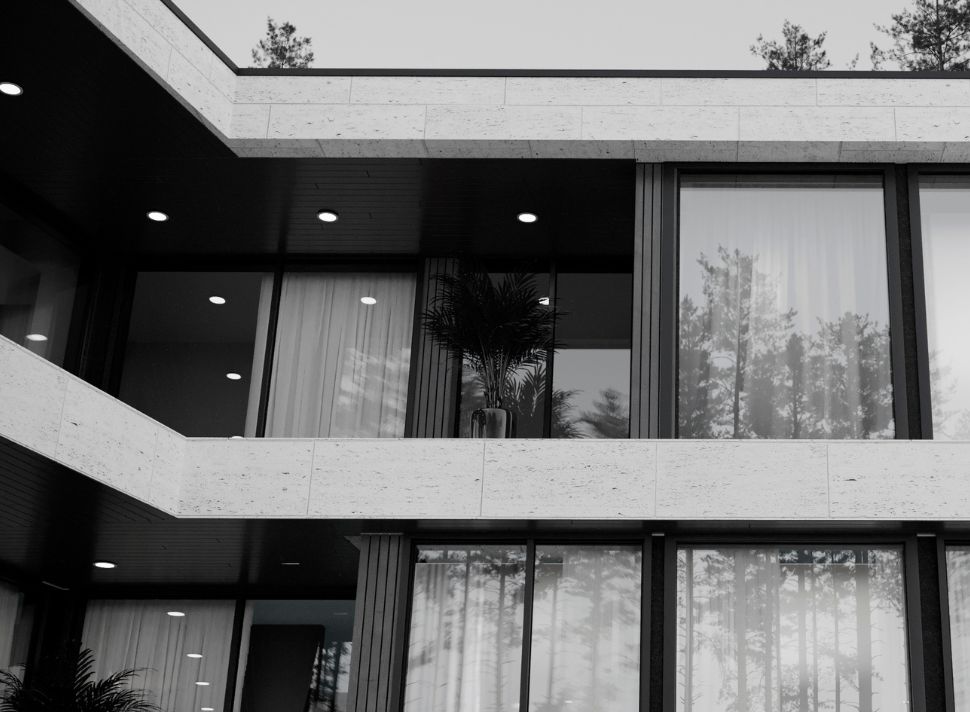3D Product Modeling in Contemporary Design Techniques
Introduction
Imagine a world where every minute detail of a product can be visualized, modified, and perfected before it even exists physically. That's the transformative power of 3D product modeling in contemporary design. From towering skyscrapers to intricate jewelry pieces, 3D modeling has become indispensable, allowing designers to transcend traditional limitations and explore new realms of creativity and efficiency. This article delves into 3D product modeling services, exploring how it has reshaped design methodologies, its integration into various design disciplines, and its potential to continually redefine our perception of what's possible.
Historical Context and Evolution of Design Techniques
The story of design has always been one of innovation and evolution. Before the advent of digital technologies, designers relied heavily on hand-drawn sketches and physical models. This approach, while foundational, was time-consuming and often limited in terms of flexibility and precision. The introduction of computers in design during the late 20th century marked the beginning of a significant paradigm shift.
Early Design Methods Before 3D Modeling
In the initial stages, computer-aided design (CAD) systems were rudimentary, offering basic 2D drafting capabilities. They were a step up from hand-drawing but still far from the immersive and dynamic capabilities of 3D modeling. For instance, architects would use these tools for floor plans and elevations, but the true spatial sense of a building was still mainly left to the imagination.

Image from Yousee Studio
Transition to Digital Design: The Introduction of 3D Modeling
The real breakthrough came with the evolution of 3D CAD software. This technology allowed designers to create three-dimensional, digital representations of their work, offering a new level of detail and realism. In architecture, this meant virtually walking through a building and understanding spatial relationships before any real-world construction began. Autodesk’s AutoCAD, launched in 1982, was among the pioneers in this field, revolutionizing how architects, engineers, and construction professionals approached design.
Milestones in 3D Modeling Technology
As technology progressed, 3D modeling software became more sophisticated, incorporating realistic physics, lighting, and materials. This allowed for more accurate and lifelike representations. The introduction of Building Information Modeling (BIM) software, like Autodesk’s Revit, marked another milestone, integrating detailed information into 3D models, thus enabling a more comprehensive approach to building design and construction.
Core Principles of 3D Product Modeling
Understanding the core principles of 3D product modeling is crucial to appreciate its impact on contemporary design. It’s not just about creating digital models; it’s about simulating real-world properties and behaviors to predict how designs will perform in reality.
I am understanding the Basics: What Constitutes 3D Product Modeling?
At its core, 3D product modeling involves creating a digital representation of an object in three dimensions. This process involves several stages, from conceptualization to rendering, where the model is given textures, colors, and lighting to simulate a realistic appearance. This modeling is foundational in various industries, from real estate and architecture to manufacturing and entertainment.
Essential Components and Software Used in 3D Modeling
The key components of 3D product modeling include geometry, texture, lighting, and rendering. Geometry involves creating the object's shape, texture deals with surface properties, lighting simulates light sources, and rendering generates the final image. Software like Blender and SketchUp are popular choices for 3D modeling, offering a range of tools for each component.
The Role of 3D Modeling in the Design Process
3D modeling has become integral to the design process across various industries. The architecture allows for the creation of detailed building models, facilitating better decision-making and client communication. Product design enables designers to prototype and refine products with a level of precision and efficiency that traditional methods cannot match.
Advancements in 3D Modeling Software and Tools
3D modeling has witnessed remarkable advancements over the past few decades, driven by continuous innovation in software and tools. These advancements have enhanced designers' capabilities and made 3D modeling more accessible to a broader range of professionals and enthusiasts.

Image from Yousee Studio
Overview of Leading 3D Modeling Software
At the forefront of 3D modeling software are industry giants like Autodesk, Blender, and SketchUp. Autodesk’s suite, including AutoCAD and 3ds Max, offers powerful tools for various applications from architectural design to entertainment. AutoCAD, in particular, has become synonymous with 3D modeling in architecture and engineering, offering precision and flexibility. Blender, an open-source software , is revered for its versatility and zero cost, making it a popular choice among independent designers and small firms. SketchUp, known for its user-friendly interface, is widely used for architectural and interior design projects.
Recent Advancements and Their Impact on Design
Recent advancements in 3D modeling software have been game-changers. Integrating AI and machine learning algorithms has automated and streamlined complex processes. For example, Autodesk’s Revit uses AI to automate tasks like routing electrical circuits or plumbing systems in a building, significantly reducing design time and errors.
Real-time rendering technologies have also made a significant impact. They allow designers to instantly see changes in lighting, materials, and environment without long rendering times. This feature, found in software like Unreal Engine and Unity , has been particularly beneficial in architectural visualization and interior design, where lighting plays a crucial role.
Case Studies: Success Stories in Various Industries
The impact of these advancements can be seen in multiple success stories across various industries. For instance, in the automotive industry, companies like BMW and Tesla use sophisticated 3D modeling software for design and prototyping, reducing the time and cost associated with traditional prototyping methods. In architecture, Zaha Hadid Architects have leveraged advanced 3D modeling techniques to create some of the world’s most innovative and complex structures, such as the Beijing Daxing International Airport.
Revolutionizing Furniture Design through 3D Product Modeling
The integration of 3D product modeling in furniture design has been a groundbreaking advancement, revolutionizing how furniture is conceptualized, created, and presented to the market. This transformative technology has reshaped traditional design processes, ushered in new levels of customization, and streamlined manufacturing, all while opening doors to innovative marketing strategies and sustainable design practices.
Transformative Impact on Design and Manufacturing
Gone are the days of relying solely on hand-drawn sketches and physical prototypes. Today, 3D modeling allows designers to create detailed, accurate digital models of furniture pieces, exploring an array of design variations with ease. This shift has significantly expedited the design process while simultaneously reducing costs associated with traditional prototyping methods.
Tools like Autodesk’s 3ds Max and SketchUp have become cornerstones in this transformation, offering functionalities ranging from basic design layouts to intricate visualizations. These software tools enable designers to experiment with shapes, textures, and colors, simulating real-world scenarios and testing the functionality and aesthetic appeal of a piece in various settings. The precise modeling capabilities ensure every curve, angle, and joint is meticulously crafted, aligning with ergonomic standards and aesthetic expectations.

Image from Yousee Studio
In the manufacturing realm, 3D modeling has streamlined production processes. Before a single piece of material is cut, manufacturers can assess the design's feasibility, identify potential issues, and make necessary adjustments. This preemptive approach minimizes material waste and enhances efficiency. Advanced manufacturing technologies like CNC machining and 3D printing further leverage these digital models, translating intricate designs into tangible products with unprecedented precision.
Revolutionizing Marketing and Sales with Interactive Experiences
The marketing and sales landscape in the furniture industry has been equally transformed by 3D product modeling. Virtual showrooms and augmented reality applications, like IKEA's AR app IKEA Place, allow customers to visualize products in their own homes, bridging the gap between imagination and reality. This level of interaction not only enhances customer engagement but also aids in decision-making, leading to higher satisfaction and reduced return rates.
Sustainability and Future Trends
Sustainability in furniture design has gained significant momentum thanks to 3D modeling. Designers can now experiment with sustainable materials and construction methods in a virtual environment, reducing the need for physical samples and minimizing waste. The exploration of renewable resources and recyclable materials is also facilitated, promoting eco-friendly practices in the industry.
Looking towards the future, 3D product modeling is set to drive further innovations in furniture design. The integration of smart technologies into furniture, from built-in wireless charging to IoT connectivity, is on the horizon, fueled by the capabilities of 3D modeling. Additionally, as 3D printing technology evolves, it opens up possibilities for more efficient production methods and the use of novel materials, further enhancing the scope of furniture design.
Concluding Thoughts
In conclusion, the impact of 3D product modeling on the furniture industry is profound and multifaceted. From revolutionizing design and manufacturing processes to enabling innovative marketing strategies and championing sustainable practices, 3D modeling has firmly established itself as an indispensable tool in modern furniture design. As this technology continues to evolve and permeate deeper into the industry, it promises to continuously redefine the boundaries of creativity, efficiency, and sustainability in furniture design, shaping the future of how we create and interact with our living spaces.
3D Modeling in Different Design Disciplines
The versatility of 3D modeling is evident in its application across different design disciplines. Each field utilizes 3D modeling uniquely, leveraging its capabilities to enhance design and production processes.
Application in Industrial Design
In industrial design, 3D modeling creates detailed product models, which can be tested and refined digitally before going into production. This process saves time and resources and allows designers to experiment with more complex and innovative designs. For example, Dyson uses 3D modeling extensively in creating its vacuum cleaners and fans, enabling high innovation and efficiency in their products.
Influence on Architectural Design
3D modeling has revolutionized how buildings are conceived and constructed in architectural design. It allows architects to create more accurate and detailed visualizations of their designs, improving communication with clients and contractors. This has led to more efficient construction processes and reduced the risk of costly errors. BIM software like Autodesk Revit has further enhanced this, enabling a more integrated approach to building design and construction.
Role in Fashion and Jewelry Design
The fashion and jewelry industries have also embraced 3D modeling. It is used to create detailed designs of garments and accessories, which can be visualized and altered digitally before any physical production begins. This approach is particularly beneficial for intricate and high-value items like jewelry. For instance, Tiffany & Co. uses 3D modeling to design and refine their iconic jewelry pieces, ensuring precision and perfection in every item.
In conclusion, the advancements in 3D modeling software and tools have profoundly impacted various design disciplines. From streamlining design processes in industrial design to enabling innovative architectural forms and refining intricate details in fashion and jewelry design, 3D modeling continues to expand the horizons of what is possible in design. As technology evolves, we can expect even more groundbreaking applications of 3D modeling across these and other industries.
Challenges and Solutions in 3D Product Modeling
As transformative as 3D product modeling is, it has challenges. These issues range from technical hurdles to the integration of creativity within technological constraints. Addressing these challenges is vital for designers and firms who seek to leverage 3D modeling to its fullest potential.

Image from Yousee Studio
Technical Challenges and Overcoming Them
One of the primary technical challenges in 3D modeling is the demand for high computational power. Detailed models, especially those with complex textures and lighting, require significant processing capabilities. This can be a barrier for smaller firms or individual designers with limited resources. The solution lies in scalable software options and cloud-based rendering services, which can provide high processing power without expensive hardware. For instance, cloud rendering services like V-Ray Cloud (V-Ray Cloud Official Site) allow designers to render complex scenes using cloud computing, significantly reducing the need for high-end local hardware.
Another technical challenge is the steep learning curve of advanced 3D modeling software. Many software companies offer extensive training materials and community forums to address this. Autodesk, for example, provides a wealth of online tutorials and user guides for its software suites. Additionally, platforms like Udemy and Coursera offer courses in 3D modeling, making learning more accessible.
Balancing Creativity with Technical Limitations
Balancing the creative aspirations of designers with the technical limitations of 3D modeling software can be challenging. Designers often have grand visions that may not be feasible due to software or hardware constraints. Overcoming this challenge requires a deep understanding of the software's capabilities and creative problem-solving. Designers can work around these limitations by simplifying models, optimizing textures, and strategically rendering settings. This balance between creativity and practicality is essential to producing high-quality, aesthetically pleasing, and technically viable models.
Future-Proofing Designs with Scalable 3D Modeling Techniques
As technology evolves, so do the standards and expectations in design. Future-proofing designs means creating models that are scalable and adaptable to future advancements. This involves using modular design principles, where different model components can be updated or changed without affecting the whole. It also means keeping abreast of emerging trends and software updates to ensure compatibility and relevance. For instance, designing with considerations for virtual and augmented reality applications can make a model more versatile for future uses.
Future Trends and Potential of 3D Product Modeling
The future of 3D product modeling is bright and brimming with possibilities. Emerging technologies are set to push the boundaries of what can be achieved, opening up new opportunities for innovation in various fields of design.
Emerging Technologies in 3D Modeling (AI, VR, etc.)
Artificial Intelligence (AI) is poised to play a significant role in the future of 3D modeling. AI algorithms can automate routine tasks, such as optimizing geometries or generating textures, allowing designers to focus on more creative aspects. AI can also aid in predictive design, suggesting optimizations based on design goals or constraints.
Virtual Reality (VR) and Augmented Reality (AR) are other technologies increasingly intersecting with 3D modeling. VR allows designers and clients to immerse themselves in virtual models, providing a unique perspective that 2D screens cannot offer. For example, architects can use VR to walk through a building before it's built, providing a sense of scale and space that improves decision-making. Conversely, AR can overlay 3D models onto a real-world environment, which is particularly useful in fields like interior design or urban planning.
Predictions for the Future of Design with 3D Modeling
Integrating 3D modeling with technologies like AI, VR, and AR suggests a future where design is more interactive, immersive, and efficient. We can expect to see more intuitive design interfaces, perhaps even reaching a point where voice commands or gestures can be used to manipulate 3D models. The collaboration between designers and AI could lead to more innovative and optimized designs, as AI algorithms provide insights and suggestions based on vast datasets.
Another prediction is the democratization of 3D modeling, where advances in software usability and accessibility allow more people to engage in design. This could lead to a more diverse range of ideas and innovations in the field.
Conclusion: The Ongoing Impact of 3D Modeling on Contemporary Design
In conclusion, the ongoing impact of 3D modeling on contemporary design is multifaceted and profound. While challenges exist, solutions are continuously being developed, making 3D modeling more accessible and powerful. The future trends in 3D modeling, driven by emerging technologies, promise to revolutionize the design process further, making it more immersive, intuitive, and innovative. As we move forward, 3D product modeling will continue to be a key player in the ever-evolving field of design, shaping how we create, visualize, and experience the world around us.
Contact us at YouSee Studio for captivating 3D renderings and immersive virtual experiences.
Ray Lisbon is a content writer and the author of this article.



